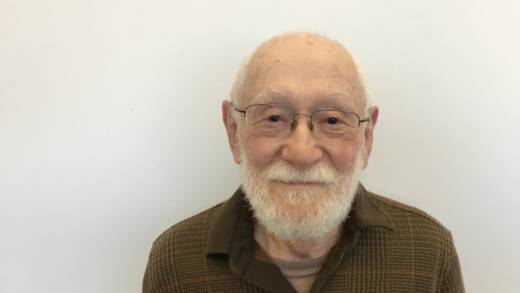Ray Pestrong finds evidence of the huge forces that shape our planet in the small changes of a sandy beach.
On a beautiful sunny day last week, I was strolling along the seashore, walking barefoot in the surf zone, when I stopped to watch the breaking waves, and noticed a repetitive pattern I had never paid attention to before. As each breaking wave receded, it deposited the sand it had been carrying, up onto the beach, and the different colors formed a mini landscape of hills and valleys, only to be immediately destroyed as the next wave advanced. Could that be like the natural geologic landscape of hills, plains and valleys present everywhere, that typically forms over thousands, even millions of years?
Such landscapes define the world around us, and unless, we personally get to experience an earthquake, or a landslide or erupting volcano, they evolve very slowly without our notice. Here was a location where I could, in miniature, get to see the earth evolve before my eyes. Is this another readily accessible example of “Lessons from the Earth?”
In my life, what could I identify where slow change occurs continuously (and predictably) over time, and are then interrupted by events like a death or a diagnosis, a birth or a move which changes your life immediately and significantly, like the waves change the image of the landscape at the shore? These events are much like the continual waves that quickly erased what came before, and caused profound effects at the shore. Can this be another “Lesson From The Earth,” an awareness from which there is something we can learn, perhaps, as in this case, about paying closer attention to the natural world around us?
With a Perspective, I’m Ray Pestrong.
Ray Pestrong is a professor emeritus of geology at San Francisco State University.
